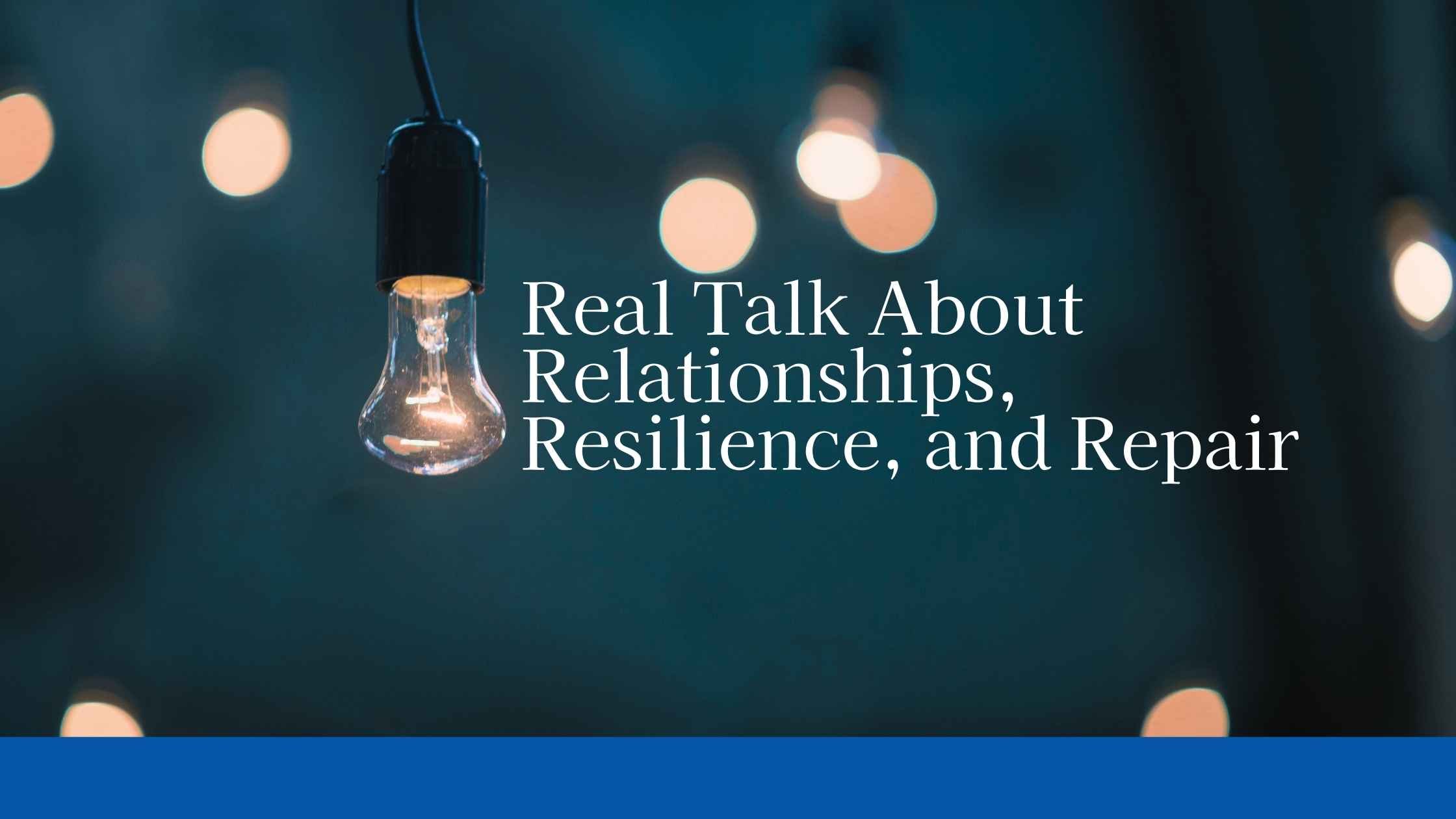
Blog

When Feelings Get Stuck: Understanding the Link Between Trauma and Difficulty with Emotional Expression
Trauma can make emotional expression feel unsafe—but healing is possible. Explore how family therapy can help your family find its voice again and deepen connection.

Breaking the Cycle: Setting Financial Boundaries With Family (Without Feeling Guilty)
Financial boundaries aren't about abandoning family—they're about protecting love, stability, and self-respect. Learn how therapy can help you set them.

React, Repeat, Regret: Breaking Impulsive Cycles in Families
Impulsive cycles in families are common—but they’re not permanent. Learn how family therapy and neurofeedback help everyone respond with more calm, connection, and intention.

Blending Isn’t Instant: How Therapy Supports Stepparents and Stepchildren in the Hard Work of Becoming Family
Blended families bring hope—and complexity. This post explores how therapy supports stepparents, stepchildren, and couples through the real-life challenges of building connection, navigating loyalty binds, and creating a new family culture. Whether you're just starting out or still finding your rhythm, relational healing takes time—and help. You're not behind. You're becoming.

When the Family System Has No Edges: Boundaries in Enmeshed or Chaotic Homes
Families thrive when boundaries are clear. This post explores how therapy helps homes with enmeshment or chaos learn to reconnect through structure, clarity, and emotional space.

Name It to Tame It — Why Emotion Vocabulary Heals
Naming your feelings can transform your brain, your relationships, and your healing journey. This post explores the science behind “Name It to Tame It,” offers practical steps to move from vague to specific emotions, and shows why building emotional vocabulary is key to regulation and connection.

Family Disclosure After Betrayal: Why It Matters and How to Do It Well
Family disclosure helps families name what’s been hidden and rebuild connection after betrayal or harm. This blog outlines the purpose, process, and pacing of disclosure—including how to speak to children and what to expect next.

Attachment Behaviors in the Family: What Kids Mirror Back to Us
When kids act out, it’s often a reflection of deeper relational patterns in the family. This post explores how attachment behaviors show up at home and how family therapy supports healing for both children and caregivers.

How to Help an Anxious Loved One Without Fueling Their Fears
Supporting someone with anxiety can be tricky—how do you help without reinforcing avoidance or fear? In this post, we explore practical, loving ways to be there for your anxious loved one while protecting your own well-being and promoting growth.

Balancing Your Child’s Well-Being and Your Own Self-Care
As a parent, it can feel like your own needs have to take a backseat to your child’s struggles. But in family therapy, we know that supporting your well-being is just as important. Here’s how caring for yourself supports your child’s healing too.

Little Eyes, Big Feelings: Mirror Neurons and Emotional Contagion in Families
Kids don’t just hear what you say—they feel what you feel. This blog unpacks how mirror neurons shape emotional contagion in families and offers tools for creating calm, attuned connection at home.

Together Yet Apart: Maintaining Your Individuality in a Close-Knit Family
In close-knit families, the pull of togetherness is powerful—but it can sometimes blur the lines of individual identity. This post discusses how to maintain a healthy balance, nurturing both connection and personal growth. Discover actionable tips for fostering healthy boundaries while celebrating your unique self.

How to Support a Loved One with Anxiety Without Enabling Their Bad Habits
Supporting a loved one with anxiety can be complicated—especially when family dynamics are involved. Learn how to offer care without enabling, and how family therapy can help restore connection and growth.

Caught in the Middle: When a Parent Feels Torn Between Their Child and Their Spouse
Caught between your spouse and your child? Loyalty binds in parenting can create stress in marriage. Learn how to navigate these challenges while keeping your relationship strong.

Acute vs. Chronic Anxiety: How Family Dynamics Shape Our Stress
Acute anxiety spikes in moments of stress, while chronic anxiety lingers as a backdrop shaped by our family history. This post explores both types and offers actionable strategies to help you manage stress effectively. Discover how understanding these patterns can lead to healthier relationships and a more balanced life.

How Anxiety Flows Through Family: Understanding Your Emotional Unit
Families are more than a collection of individuals—they form a dynamic emotional unit where one person’s anxiety can ripple through everyone. This post explains the powerful connection between our emotions and how understanding this ripple effect can pave the way for healing and healthier relationships.

Breaking the Cycle: Understanding Family Triangles and How They Impact Relationships
Family triangles can create tension and unresolved conflict. Learn how triangulation happens and how to develop healthier family relationships through direct communication and boundary-setting.

Setting Boundaries with Grandparents: Strengthening Family Relationships
Setting boundaries with grandparents can feel tricky, but it’s essential for maintaining a healthy family dynamic. Learn how to establish respectful boundaries while fostering a strong, loving connection between grandparents and grandchildren.

Navigating Adult Autonomy When Children Leave the Nest
When children become adults and make choices that challenge our expectations, it can be difficult to adjust. This post explores the complexities of adult autonomy, the grief of unmet expectations, and practical ways to maintain connection while respecting your child’s independence.

How 20 Minutes of Walking a Day Can Boost Your Mood and Improve Mental Health
Did you know a 20-minute daily walk can have the same benefits as a dose of Prozac? Learn how this simple habit can boost your mood and mental health.
